RRx-001, an epigenetic-based radio- and chemosensitizer, has vascular normalizing effects on SCCVII and U87 tumors
- PMID: 27175220
- PMCID: PMC4864927
- DOI: 10.1186/s13148-016-0220-7
RRx-001, an epigenetic-based radio- and chemosensitizer, has vascular normalizing effects on SCCVII and U87 tumors
Abstract
Background: The tumor-specific microregional effects of the anticancer agent RRx-001, a novel epigenetic-based radio/chemosensitizer with nitrogen oxide-donating properties in phase II clinical trials, were investigated with whole tissue section quantitative immunohistological staining in mouse SCCVII and human U87 tumors.
Results: SCCVII tumors exhibited regions of intermittent perfusion exemplified by co-localization of vessels with the hypoxia marker pimonidazole commonly occurring throughout the tissue. A moderate increase in perfusion (21 to 28 %) was observed after a bolus dose of the perivascular stain DiOC7(3), however, with the absence of an increase in tissue oxygenation. U87 tumors showed an absence of blood flow over large areas of treated tumors after dosing with RRx-001. However, these areas did not become necrotic and returned to near normal levels after 12 h. No significant change in tumor hypoxia was seen at 90 min or 12 h. For both tumor types, RRx-001 treatment resulted in the loss of perfusion in the large regions of the tumor; however, at the 12-h time point, both tumor types showed an increase in vessel perfusion but no significant decrease in hypoxia.
Conclusions: These data suggest a redistribution of blood flow within the tumor for both tumor types akin to vascular normalization. Differences between the tumors were related to tumor architecture and distribution of alpha-smooth muscle actin (α-SMA). RRx-001 shows promise for short-term blood flow redistribution in tumors with a pericyte- and α-SMA-rich vasculature. Expression of α-SMA in tumor vasculature could therefore be useful for predicting tumor response to RRx-001.
Keywords: Chemosensitizer; Epigenetic agent; RRx-001; Radiosensitizer; Tumor; Vascular normalization.
Figures
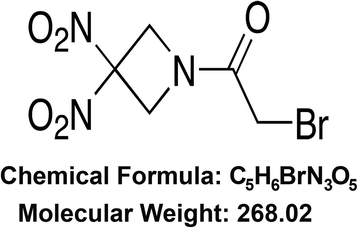
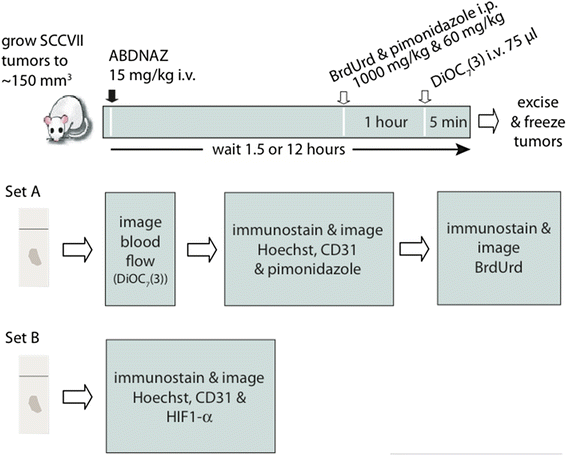
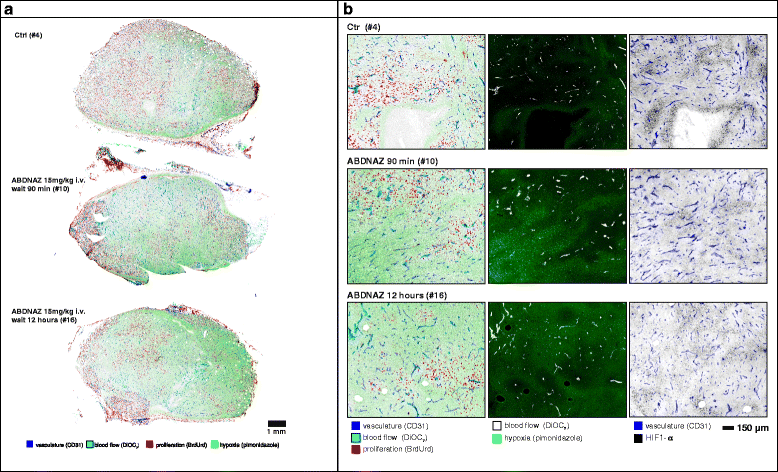
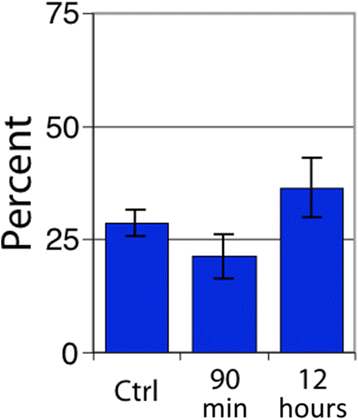
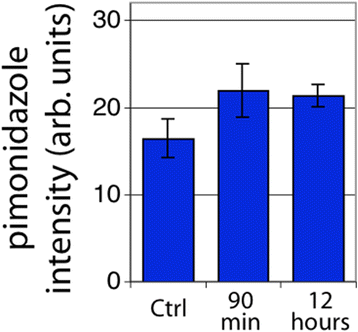
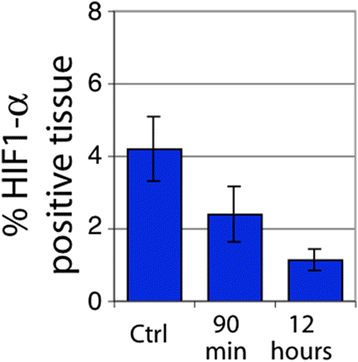
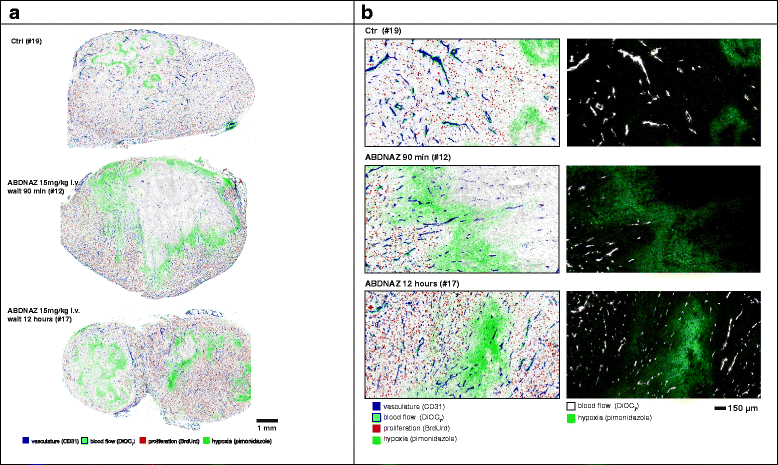
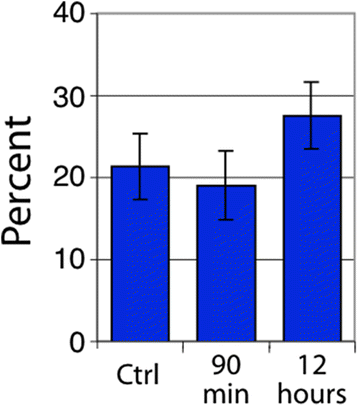
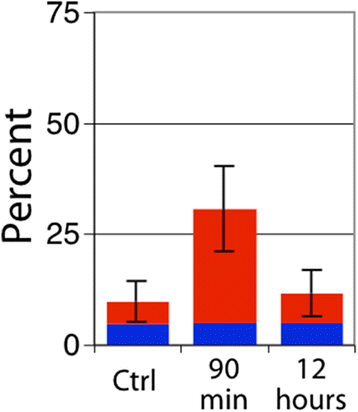
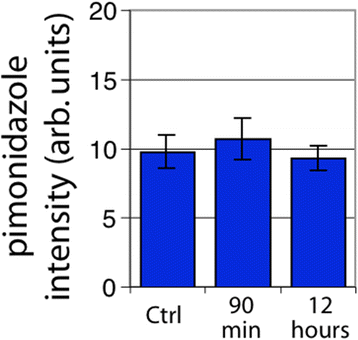
References
-
- Danovi SA. Tumour microenvironment: there goes the neighbourhood. Nat Rev Cancer. 2008;8:908–9. doi: 10.1038/nrc2556. - DOI
-
- Scicinski J, Oronsky B, Ning S, Minchinton A, Knox S. RRx-001 modulates intratumor blood flow in SCCVII and U87 tumors. Cancer Res. 2012;72(8):Suppl 1 (4371).
Publication types
MeSH terms
Substances
LinkOut - more resources
Full Text Sources
Other Literature Sources

